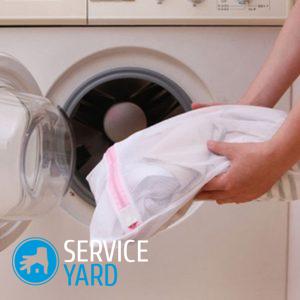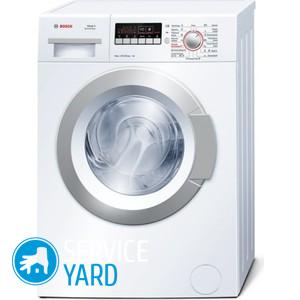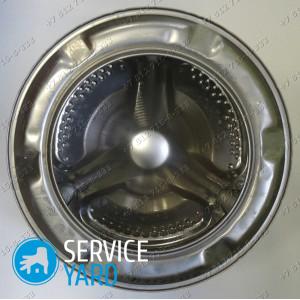How to clean the drain hose of the washing machine 🥝 yourself

Each person, creating comfort around himself, is trying to acquire as many modern household appliances as possible. However, these housekeeping assistants require constant attention and care. Modern washing machines are able to carry out the entire washing process on their own, but even in their work, failures occur, and the most common malfunction is clogging. It’s embarrassing to contact the master with such a breakdown every time, so it’s best to figure out how to clean the drain hose of the washing machine if it is clogged and clogged. It would seem easier - disconnect the drain hose and rinse in water. But in practice, everything is not so simple, because in order to remove the hose, you still need to get to it, since it is connected, somewhere inside the unit. In this article we will introduce you how to clean the washing machine from clogging and what needs to be done to prevent a similar problem.
to contents ↑What is a blockage in the washing machine?
The most common problem for all consumers of equipment is the occurrence of blockage in the drain design. It can arise as a result of the following reasons:
- Clogged filter system.
- Pipe malfunction in the section between the tank and the pump.
- Damage to the pump.
- Damage to the drain hose.
- Impeller system locks when foreign objects enter the pump.
- Clogged sewer pipe.
Types of blockages
There are two types of clogging, which may cause the need to clean the drain hose of the washing machine, at home:
- Natural.
- Mechanical.
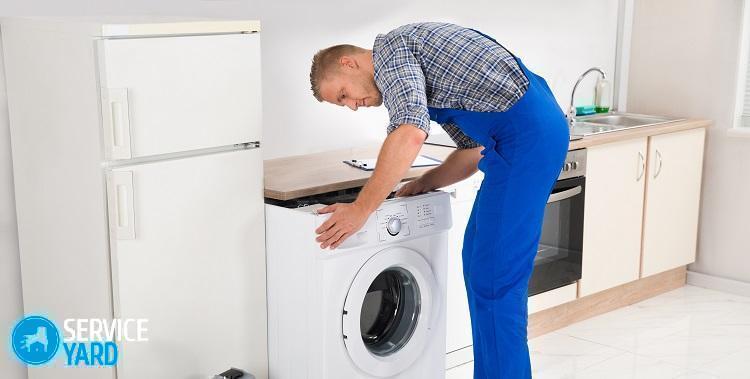
Natural blockage
Natural clogging of the drainage system occurs as a result of the accumulation of small particles of animal hair, hair, cotton wool, fluff, lint, which are on clothes, and fall into the machine during washing.
Important! This type of blockage appears in the device much more slowly than mechanical.
Mechanical blockage
The main reason for mechanical blockages is getting small objects into the filtration system of the machine:
- Coins
- Buttons
- Elements of fasteners and locks of clothes.
- Decorative and small details of clothing.
- Bones from the bra.
- Toothpicks.
- Small toys (ball).
- Small contents of pockets.
The gradual accumulation of these items in the drainage system and provokes blockage.
to contents ↑When is it time to clean the drain?
When the drain system is blocked, the device ceases to function normally and emergency mode is activated. The main signs of a malfunction and that it is time to clean the drain hose of the washing machine:
- Software crash.
- The speed of draining the water decreases.
- Full blocking of the device.
- Draining is difficult or completely stopped.
- The machine does not go into rinse mode.
- The system shuts down when entering the “Spin” mode.
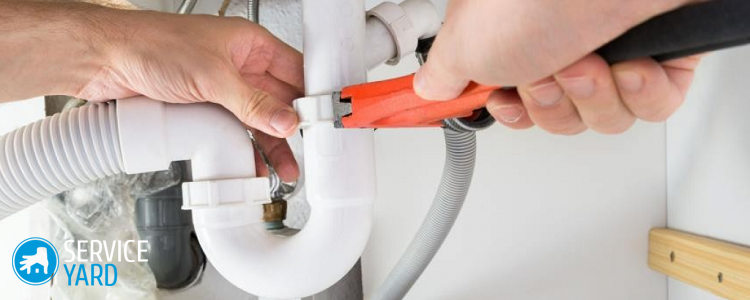
How to prevent a problem?
To avoid such problems, listen to the following recommendations:
- Before washing, be sure to check your clothing pockets for small items.
- Use special covers and laundry bags and other delicate clothes.
- During washing, all locks, buttons and fasteners must be fully zipped.
- For preventive purposes, put an additional inlet filter when mounting the device.
- Use detergents recommended by the manufacturer of the equipment. In our separate publication you can find out about liquid laundry detergents.
- Use additional water softeners if there is no filter in the piping.
- Spend regularly once every two months preventive measures for cleaning the drainage system.
- Regularly clean the washing machine from scale, otherwise it will be difficult to remove it later.
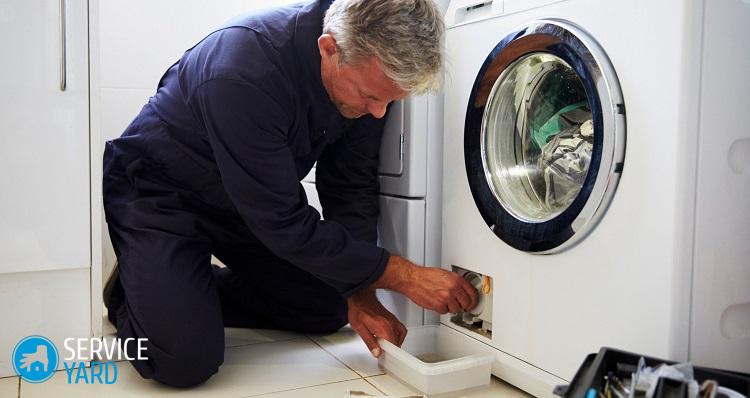
Design features of the drain system
If a malfunction is detected, the problem can be solved independently if you first study the design of the unit's drain system:
- After the washing process, water from the tank flows into a special pipe, which is a corrugation.
- The nozzle is connected to the main cleaning filter. The filter receives those small objects and dirt that are removed from the drum with water.
- Passing through the filter, water flows into the pump on its impeller, which is in constant motion to create operating pressure in the entire drain structure.
- Under the pressure created by the impeller, water flows through a special drain hose to the sewer.
Important! A blockage can occur in any part of the drain system design, but the most common place is the filter system.
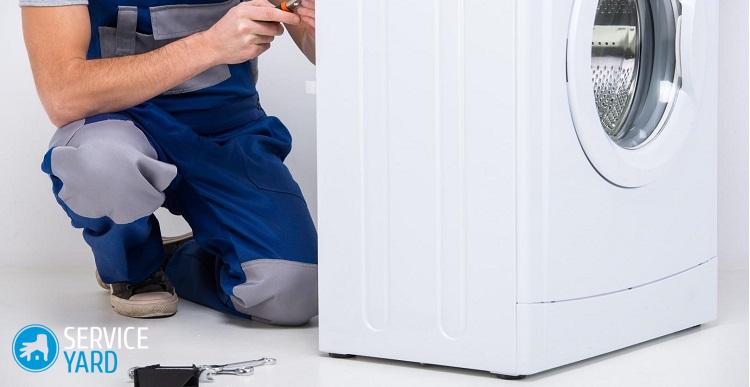
How to clean the washing machine from clogging?
You can remove the blockage of any origin with your own hands, if you perform the following measures in order:
- Unscrew the filter and drain the remaining liquid, substituting a deep container. To make this process as effective as possible, set the machine at an angle, substituting a small object under it.
- Clean the filter from all dirt and rinse it.
- Put the unit back in place.
- Check the pump system and clean it if necessary. Connect the machine to the power supply and switch on the “Drain” mode. During normal operation of the pumping system, the blades and the impeller must spin.
- If the pump is in order, check the nozzle; if necessary, clean it.
- Check siphon and sewer system for obstruction. Disconnect the hose, pipe from the sewer system and remove the cochlea from the pump system. Rinse the snail and clean it of dirt.
- Assemble the sewer system and connect the hose.
Check the operation of the washing machine.
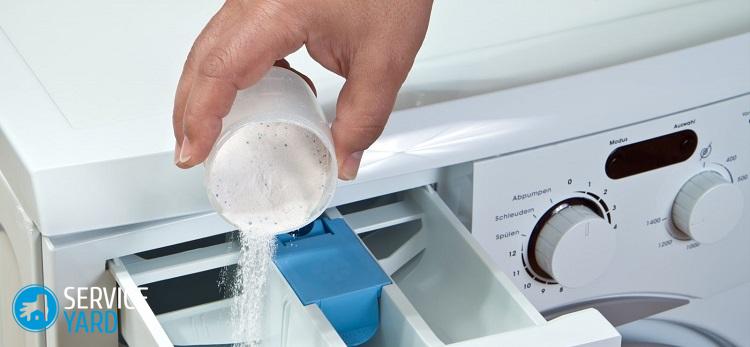
How to clean the drain hose in the washing machine?
Very often, the cause of device breakdowns is clogging of the drainage system. The problem would not exist when flushing this system, if all the washing machines had the same structure. But the design features of the devices dictate their methods of securing the drain pump, and, accordingly, the drainage hose in each machine is attached in its own way.
Consider two ways to solve the clogging problem: the first - without disconnecting the drain hose, the second - with the dismantling of the drainage system.
How to clean the drain hose in case of partial clogging?
If the water leaves more slowly than usual, then the drain hose in the washing machine can be cleaned indiscriminately in the drainage system. Usually, the cause of such a malfunction is particles of detergent and small fibers, fibers that have passed through the drain filter.
On sale there are a huge number of different tools that can dissolve deposits formed on the inner walls of the hose. Usually they are available in the form of a powder or solution, less often in the form of tablets.
Important! Before use, be sure to read the manufacturer's instructions.
If you doubt the effect of chemicals on component devices, then use a folk remedy - baking soda:
- Pour 100-150 grams of soda into the drum.
- Turn on the non-linen washing machine in the “Cotton” mode.
Important! Under the influence of alkaline baking soda, all contaminants will dissolve and be removed from the inner walls of the drain hose.
Clean the hose when completely clogged
In case of complete cessation of water drainage from the machine, it is necessary to use the second method - disassemble the drainage system and clean the drain hose in the washing machine. This must be done in this order.
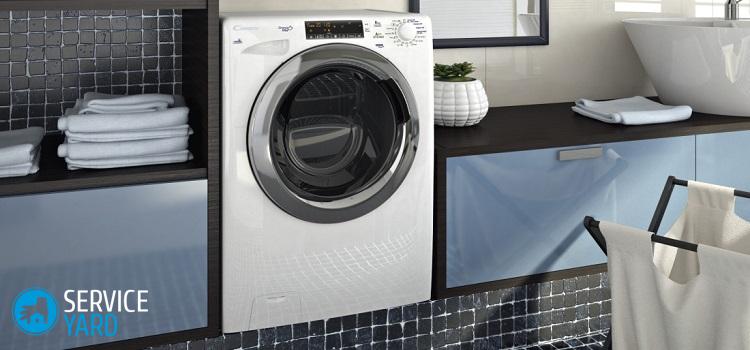
Step 1 - Preparatory phase:
- Disconnect the unit from the power supply.
- Shut off the water supply.
- Remove any remaining water through the drain hose.
- Disconnect the drain hose from the sewer system.
- Lay a soft cloth and lay the washing machine on its side.
- Prepare the necessary tool: a set of screwdrivers and pliers, a thin brush (Kevlar).
Step 2 - Disassembling the device:
- Use a flat-blade screwdriver to remove the bottom panel.
- Remove the bolts holding the filter, remove it.
- Unscrew the clamp with pliers and disconnect the drain hose from the pump.
- Disconnect the hose from the body.
Important! The drain hose removal procedure is suitable for front-loading washing machines.
For devices with a vertical loading, the drain hose can be cleaned through the panel located on the side: loosen all the fastenings of the side panel, remove it and pull out the hose by unscrewing the holding clamp.
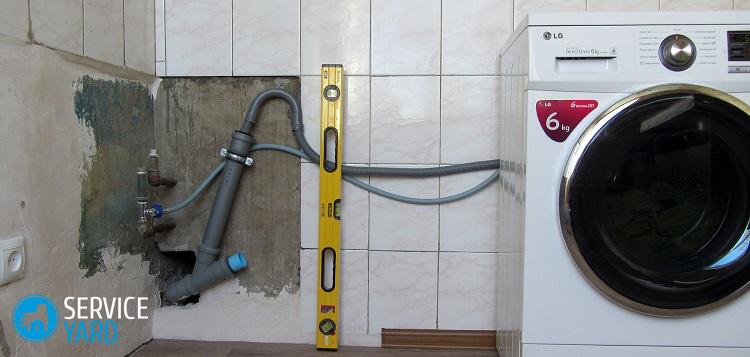
Step 3 - Cleaning the Drain Hose
After the hose is in your hands, carefully inspect it for defects and damage. If everything is in order, proceed with cleaning:
- Insert the Kevlar cable into the drainage hose: first on one side and then on the other.
- The brushing procedure is carried out several times in each direction.
- After each passage with a wire rope, rinse thoroughly with hot running water.
- After cleaning, attach the hose to the machine, performing the steps in the reverse order.
Step 4 - Completion of repair work:
- Assemble the machine and test its operation.
- For a greater effect, test the test wash with hot water with the addition of “Antinakipin” or 1 tbsp. citric acid. This will help at the same time clean the machine from scale.
Stock footage
Regularly carry out preventive measures to prevent blockages and the appearance of scale, adhere to the recommendations of the manufacturer of the equipment, and you will not have to repair the device. So - your washing machine will serve for a long time and productively, performing work at the highest ball, and delighting you with clean and fragrant linen.




